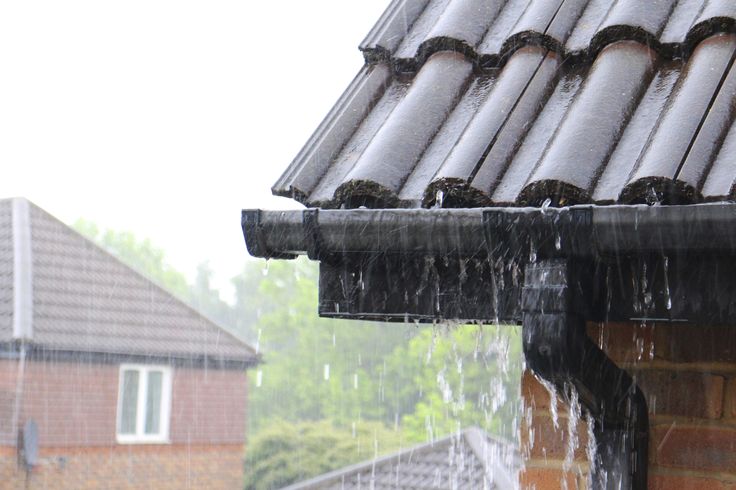
Water pooling on your roof after a rainstorm might seem harmless at first, but it can lead to serious structural problems. Poor drainage can cause leaks and damage to your home and result in expensive repairs. Understanding how water moves across your roof and why proper drainage systems matter can save you thousands of dollars in the long run.
How Water Moves Across Your Roof
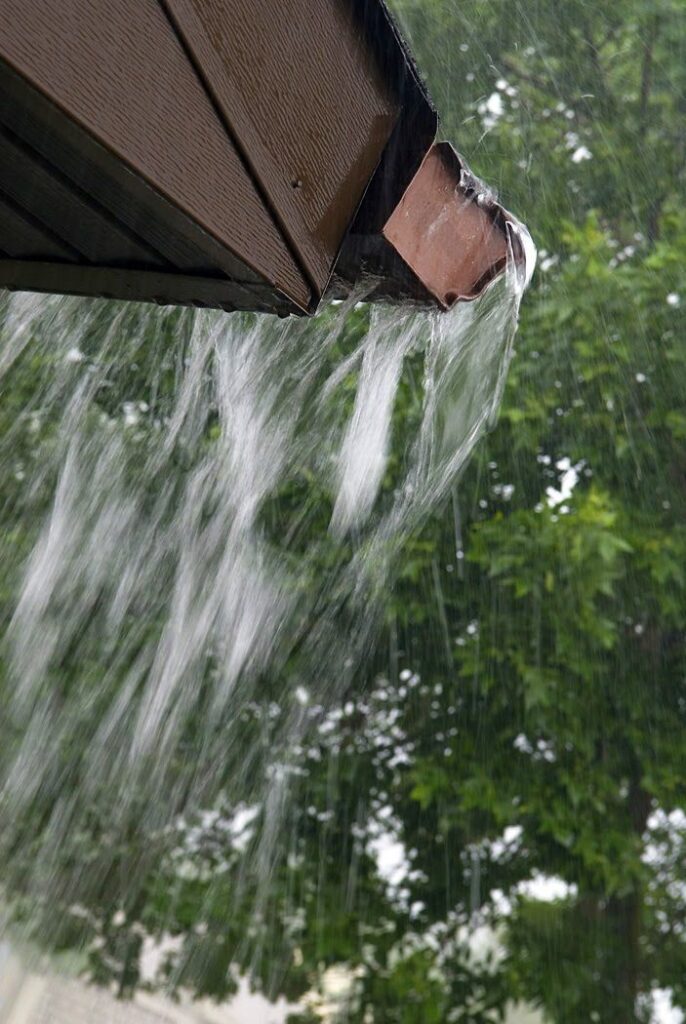
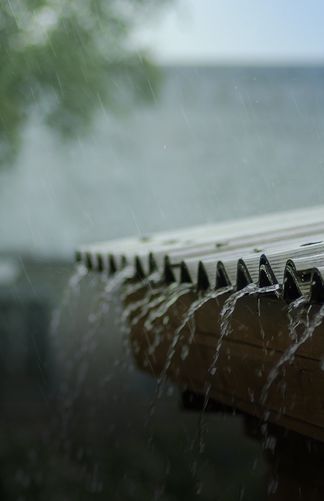
When rain hits your roof, gravity pulls it downward toward the lowest point. A well-designed roof has slopes that guide water toward gutters and downspouts. However, flat or poorly sloped roofs can trap water in certain areas.
The science behind roof drainage and why it matters becomes clear when you consider physics. Water weighs about 8.34 pounds per gallon. A puddle of just 10 gallons adds over 83 pounds of weight to your roof structure. Multiply that by dozens of puddles, and you’re looking at thousands of extra pounds your roof wasn’t designed to handle.
Gravity and Surface Tension

Gravity pulls water downward, but surface tension can work against proper drainage. Surface tension causes water molecules to stick together, creating puddles that don’t easily disperse. Textured roofing materials can increase surface tension, making drainage even more challenging.
Wind also affects water movement. During storms, wind can push water uphill or into areas where it normally wouldn’t collect. This creates unexpected pooling in spots that might otherwise drain properly.
Consequences of Failed Water Drainage

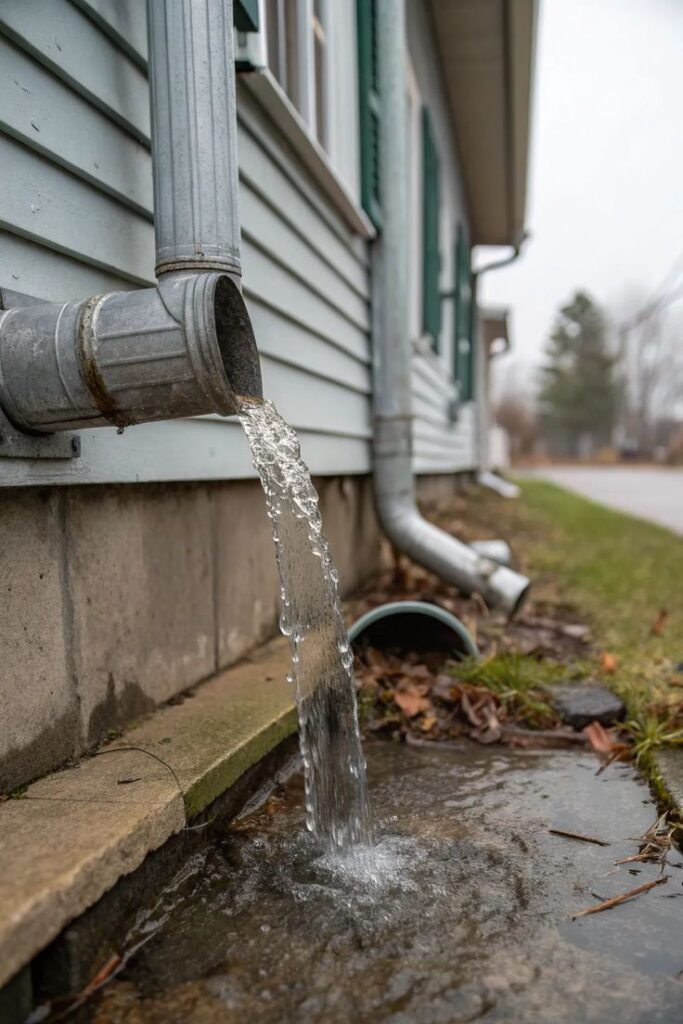
Standing water creates several problems. First, it seeps into small cracks and expands when it freezes, making cracks larger. Second, constant moisture exposure weakens roofing materials. Third, extra weight can cause structural stress.
The science behind roof drainage explains why it’s important to remove water. Some causes of roof buckling come from standing water, which leads to excessive weight loads, material deterioration, and uneven stress distribution.
Temperature Changes and Drainage
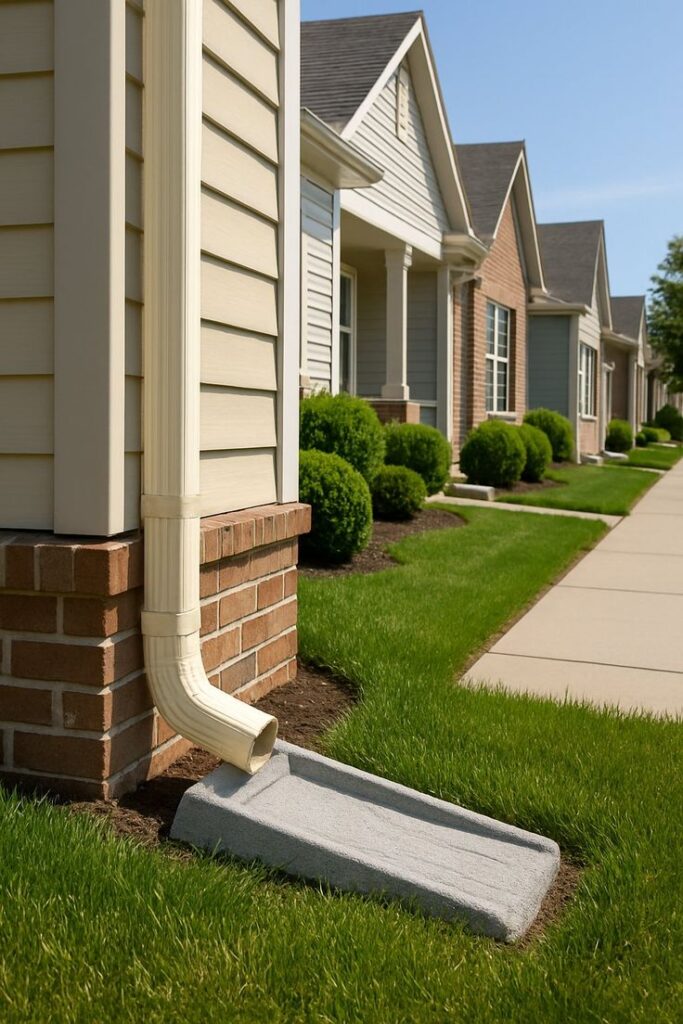

Temperature fluctuations worsen drainage problems. Water expands when it freezes, creating pressure that can crack roofing materials. During hot weather, standing water can cause materials to expand and contract at different rates, leading to warping and separation.
Ice dams form when water backs up behind frozen sections, creating pools that can last for weeks. These ice dams prevent proper drainage and can cause water to seep under shingles and into your home.
Effective Drainage Systems
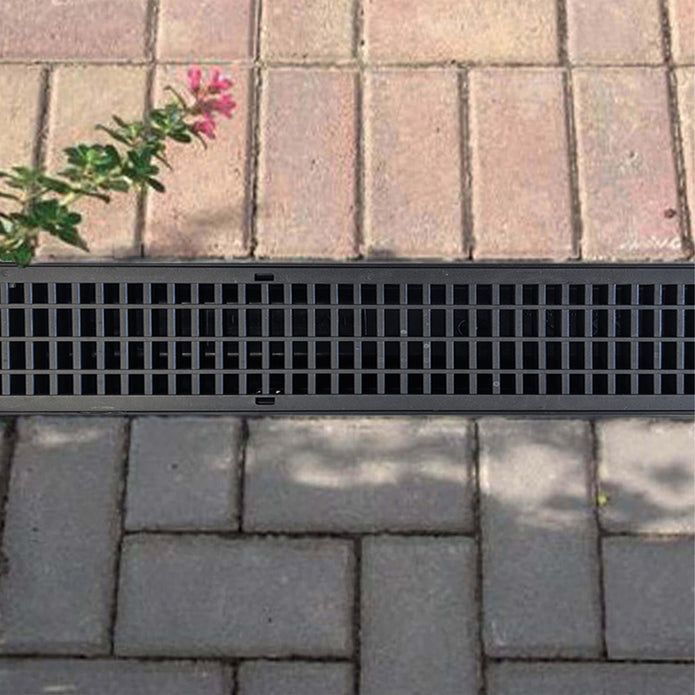
Modern drainage systems use calculated slopes and strategic drain placement to handle expected water volumes. Engineers consider the roof area, local rainfall patterns, and material types when designing these systems.
Gutters need specific widths and depths to handle typical water flow rates. Downspouts require proper spacing and sizing to prevent overflow. Even the angle of the roof affects how quickly water moves toward drainage points.
How To Protect Your Home
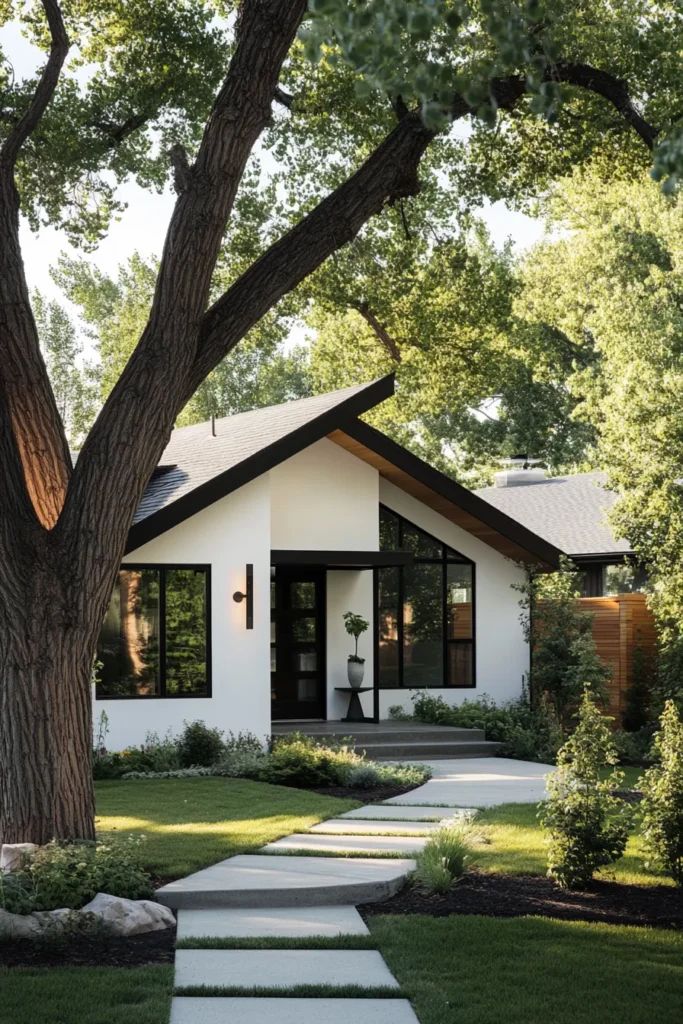
Regular maintenance prevents most drainage problems. Cleaning your gutters monthly during heavy rainfall seasons is a good rule of thumb. Watching out for algae growth or discolored roofing materials is also important. Professional roof inspectors can also find drainage issues and suggest necessary repairs.
- 0shares
- Facebook0
- Pinterest0
- Twitter0



